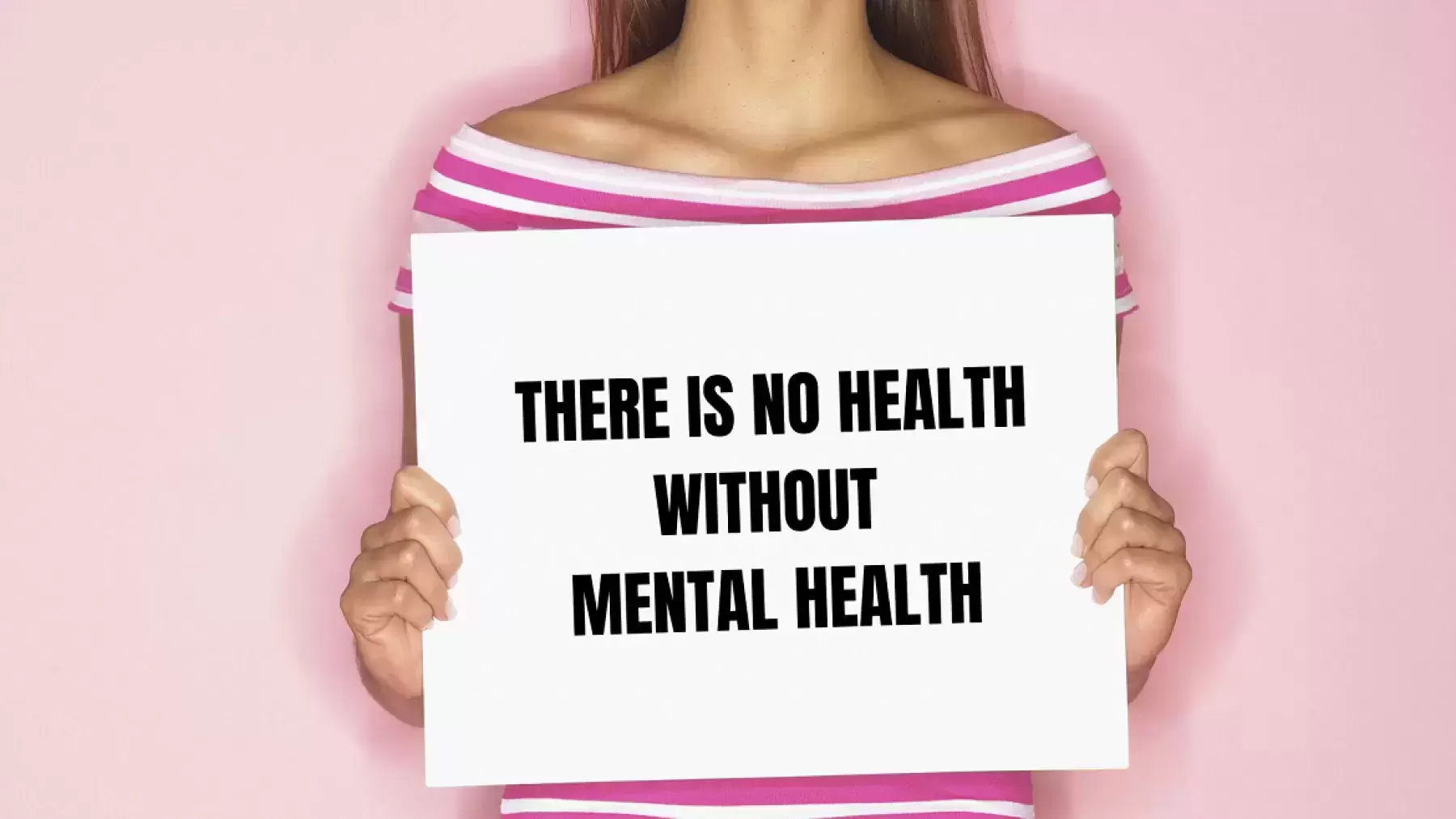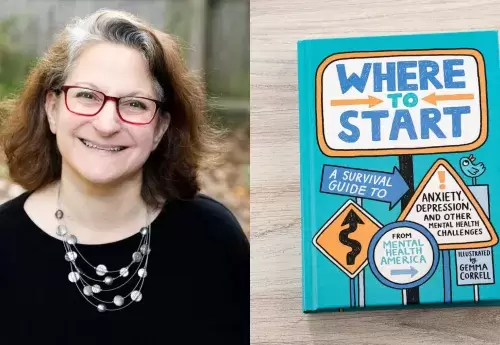
By Debbie Plotnick, Vice President of Federal and State Advocacy at Mental Health America
Data tells a story, and here at the national office of Mental Health America (MHA), and through our affiliate network, we’re able to tell an undisputable story about how COVID-19 is showing us - now more than ever - there an astonishing need for behavioral health services and supports. In the best of times we’ve known that at least one-quarter to one half of us experience a mental health need. As we’ve learned from previous disasters, the need for behavioral health supports will skyrocket and will continue to grow for some time. This pandemic, unlike most other disasters does not have a discrete timeframe. It’s not like a hurricane that does its damage and then is done. Maybe it’s more like an earthquake, where we know there will be aftershocks but can’t say how big, or how long they’ll go on. But we know we have to repair the damage and rebuild. But this time, we must not return to pre-COVID policy and practice.
As stay at home orders were being rolled out in in late February and March of 2020, the number of people coming to the MHA's Online Screening Program showed what we’re all feeling, that we’re increasingly anxious and depressed. In late February through March, the number of people taking screens rose by 18%-22%. And the screening results for the 2,500 screeners were much more likely to be in the severe range than we’ve previously seen. Not surprisingly, at least a third of the screeners reported that they also have one or more chronic conditions. But most of the screeners still fit into the most common age demographic—they are overwhelmingly young.
Over the past five years, MHA's Online Screening Program has shown what those who work in the mental health field have always known: mental health conditions begin when people are young. The age demographic for screening has held steady - about two-thirds of screeners being under the age of 24. These astute young people know when something is going on, but it often takes 8-10 years to get the kind of help they really need. All the while, things were often getting worse.
Why did it take so long? Why did insurance companies and elected officials only direct resources and help when people were in crisis, deemed to be a danger to themselves or others, or had become involved with the criminal justice system?
There is a workforce shortage in mental health, and these terrible policies are part of the reason why.
People have been forced to go from crisis to crisis. Many need the most highly specialized care, and because of regulation and segmentation of the healthcare system, have had to seek practitioners with the highest level of training and licensure - of which there are the fewest.
Now, we’re seeing the tsunami of increased need caused by this global pandemic. We can’t follow old models of relying on the police, sending people to the ER, or worse yet - to jail.
We must expand the workforce, but not from the top down and by just expanding crisis services. It’s way beyond time to act Before Stage 4. And the pandemic just might help policy makers to finally see this.
People know they need help; more are screening and reaching out. MHA at the national level and throughout our affiliate network report that the number of people coming to warmlines is up 30%, 50%, even doubling. Peer services are going virtual and more people are availing themselves of all types of virtual treatment and support.
In this time of increased need, we are seeing hopeful signs. As services and supports have had to move online, insurance payers (public and private) have removed many barriers for tele-mental health, including allowing practitioners to work across state lines, and ridiculous requirements for face-to-face assessments before people can access virtual help. Ironically, more people are able to access peer and other virtual services when they no longer have to deal with transportation issues, and long waits before they can do anything. The MHA network and community mental health providers are coming up with creative ways to serve more people at earlier stages. They are using COVID relief funds to purchase equipment for virtual use, maintain and even expand staffing, and provide phones to staffers working remotely and to those receiving help.
When the waves of people needing acute care from the pandemic subsides, there will be the need for additional help with grief (over lost loved one, livelihoods, and way of life) and untold numbers of people will show the effects of traumatic stress. We must be even more prepared to help. Removal of barriers, loosening of regulations, more options for help, and policy that will allow an expanding workforce to support and serve must become permanent. Proactive mental health services must become part of the entire health care landscape. Peers, social workers, and counselors should be part of all delivery systems -from primary and emergency care, to prevention and universal screening - especially for young people and those with chronic conditions.
We hope that policy makers, payers and the public will support and value mental health as not just an afterthought. It must be understood that when people say they are experiencing depression or anxiety, post-traumatic stress, or have a substance use disorder, that there is the will and workforce in place to show a path forward.




